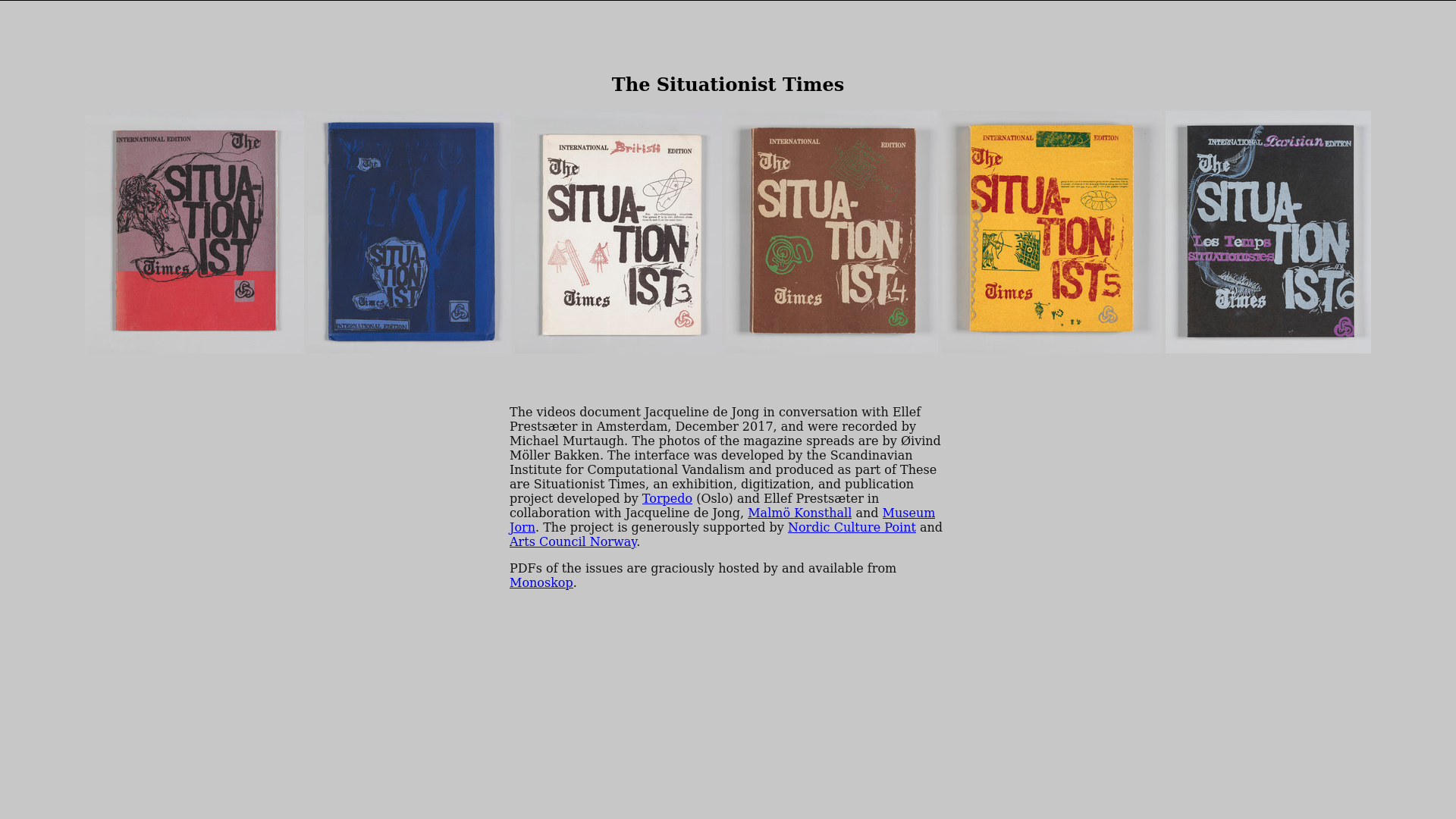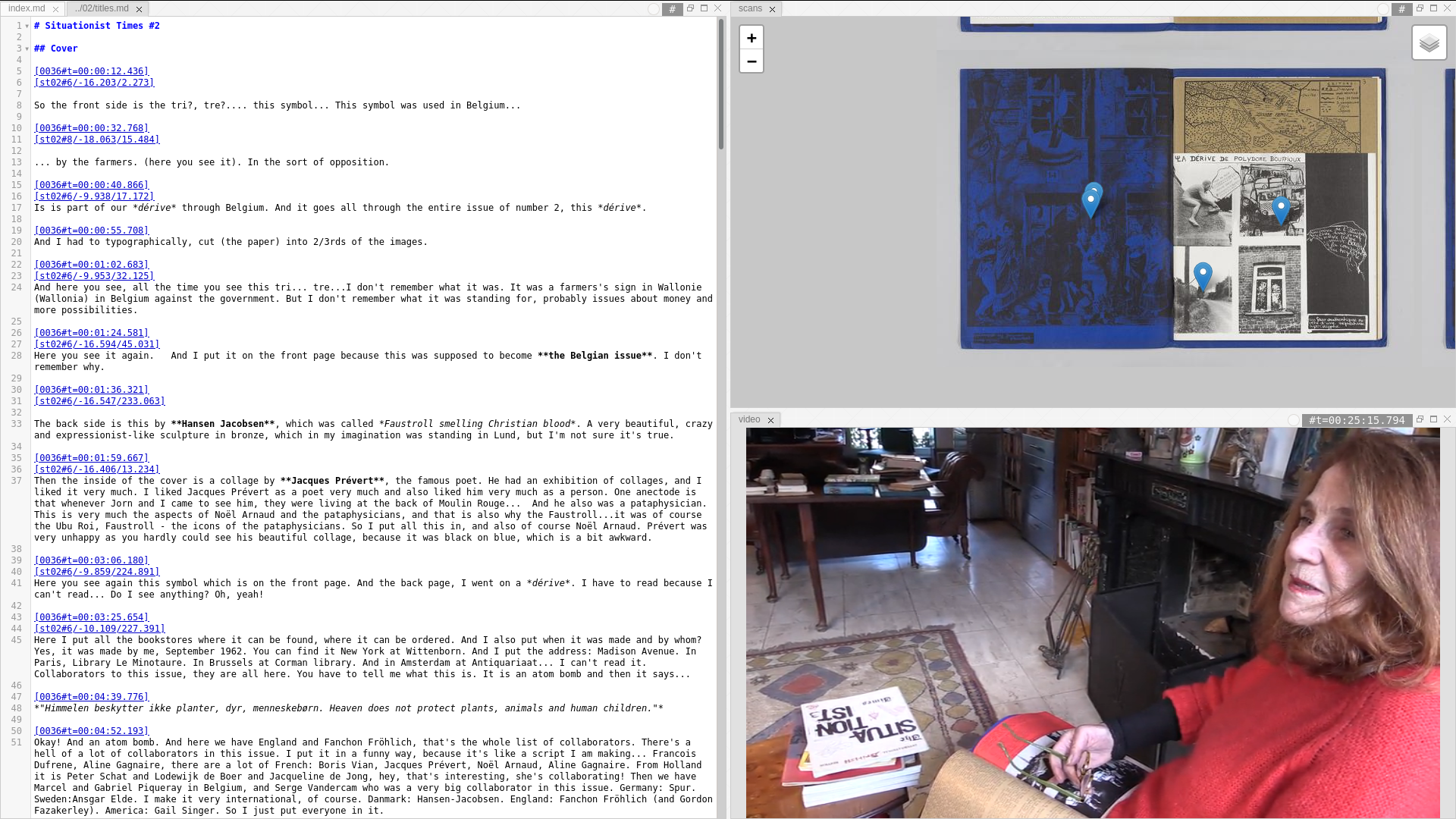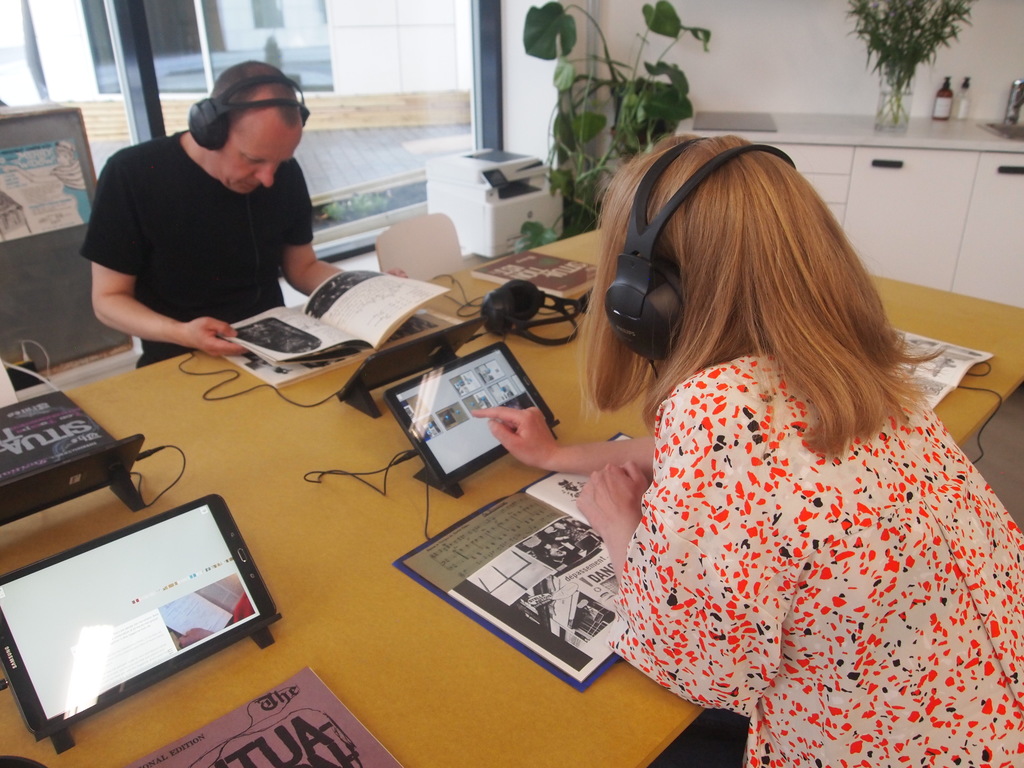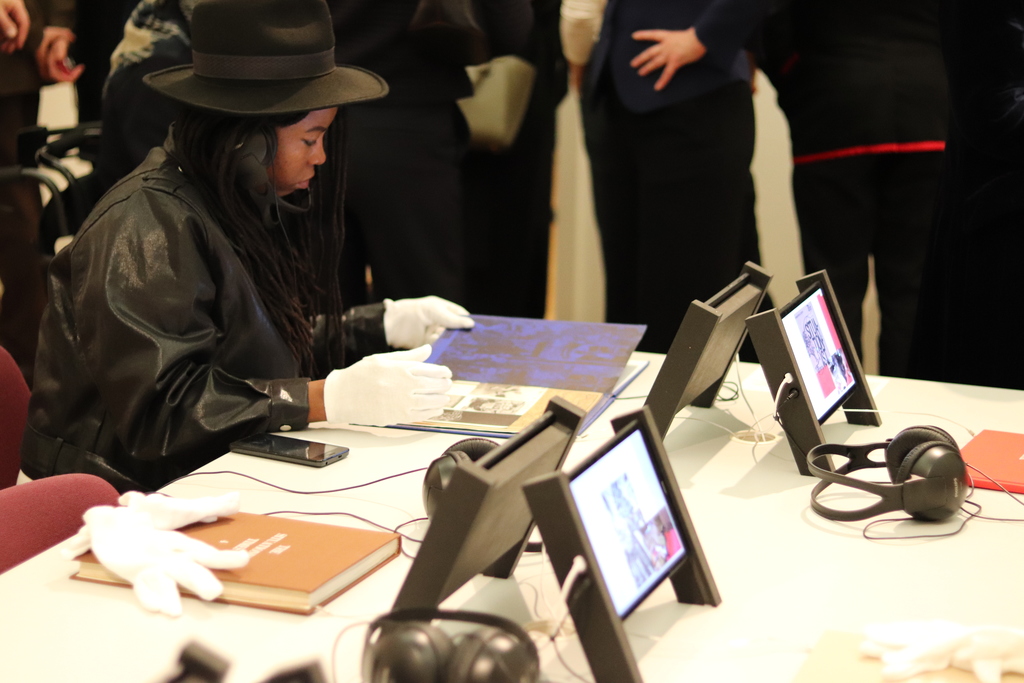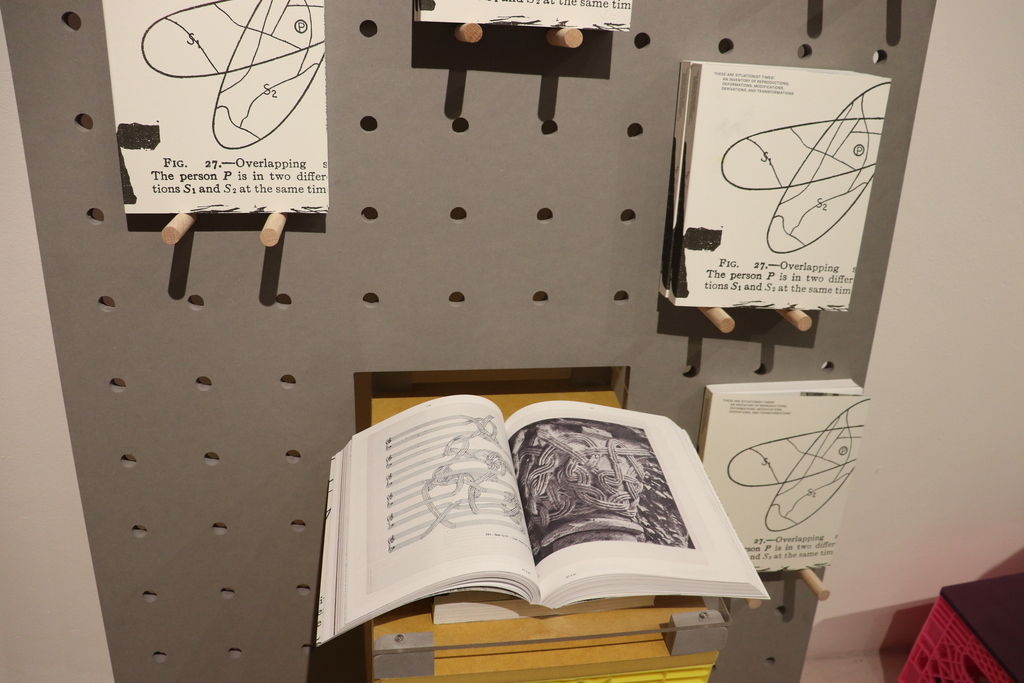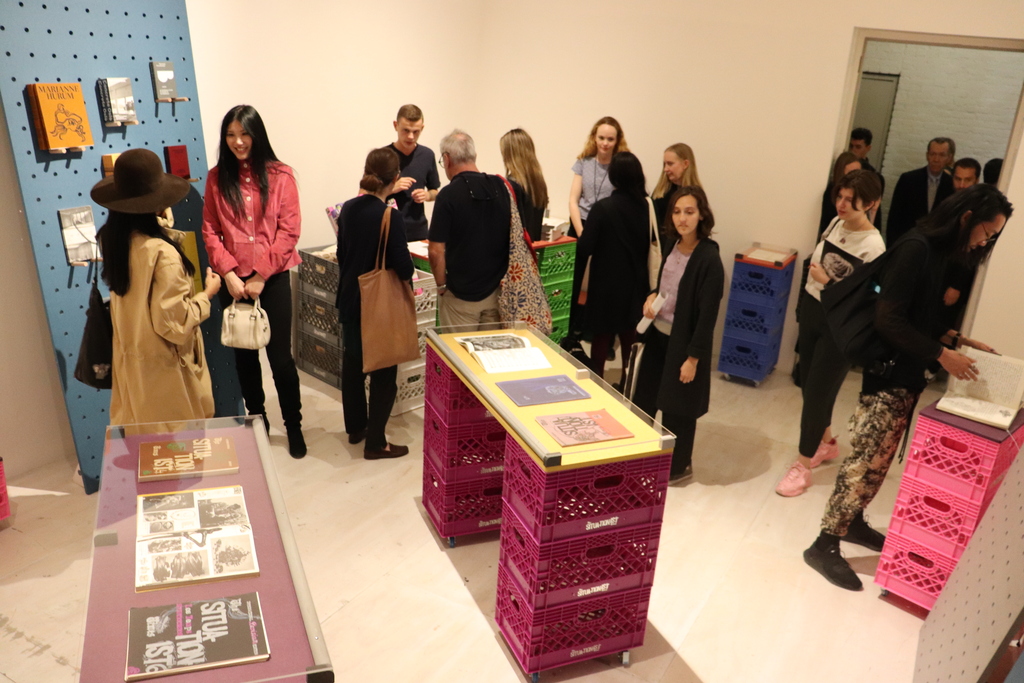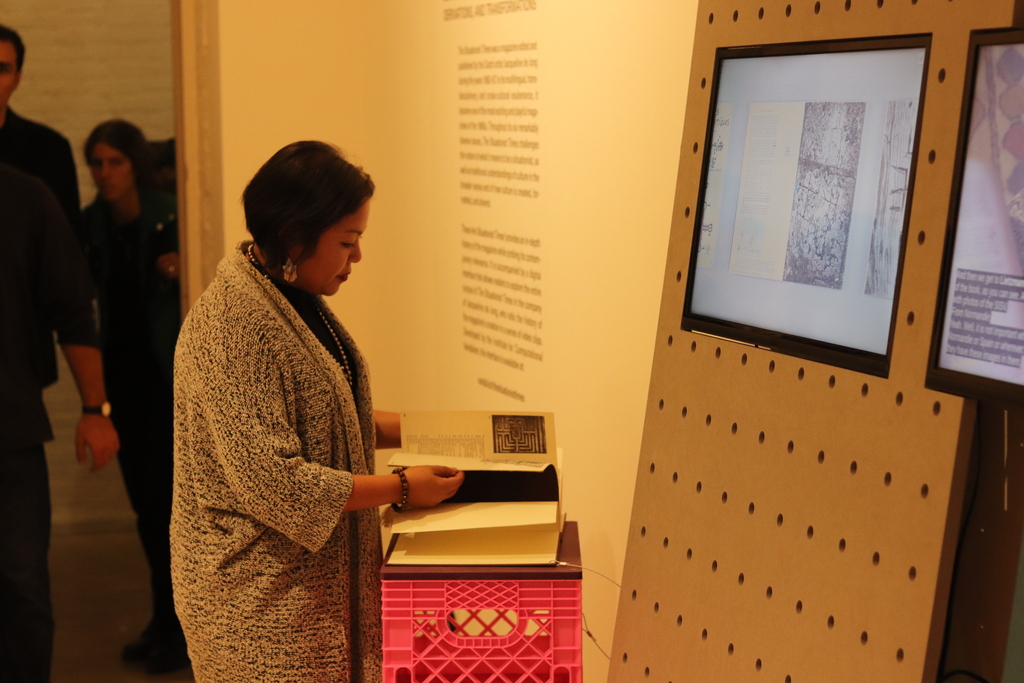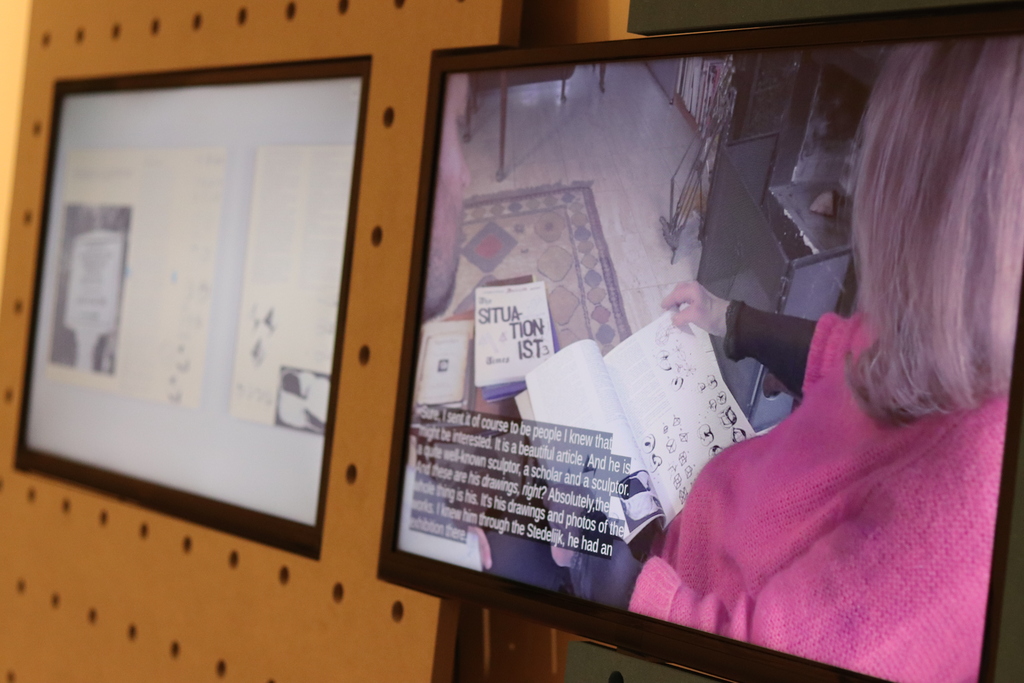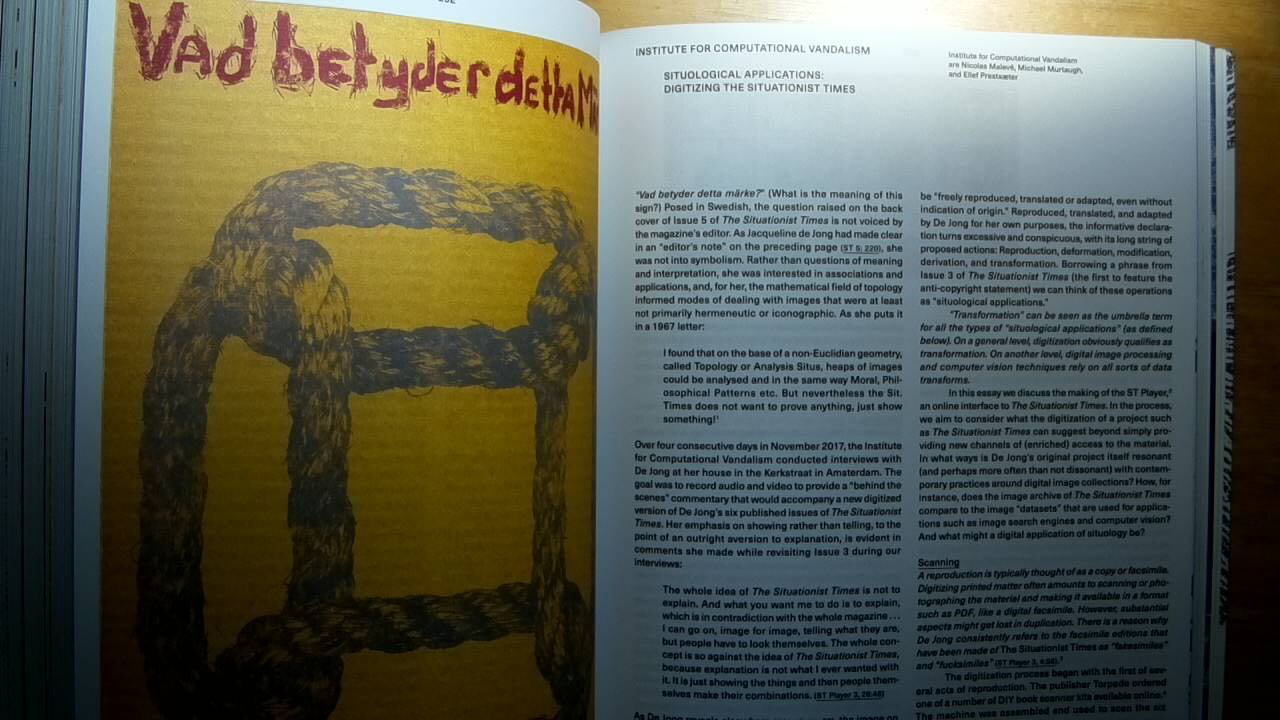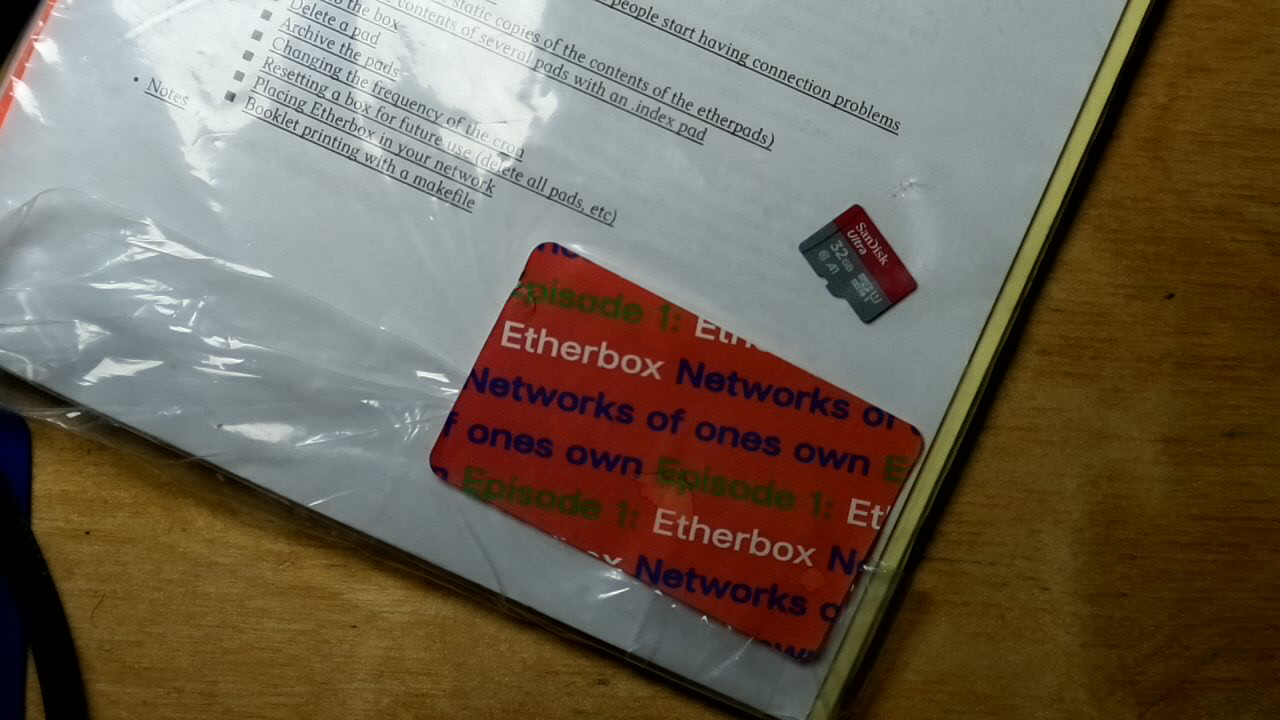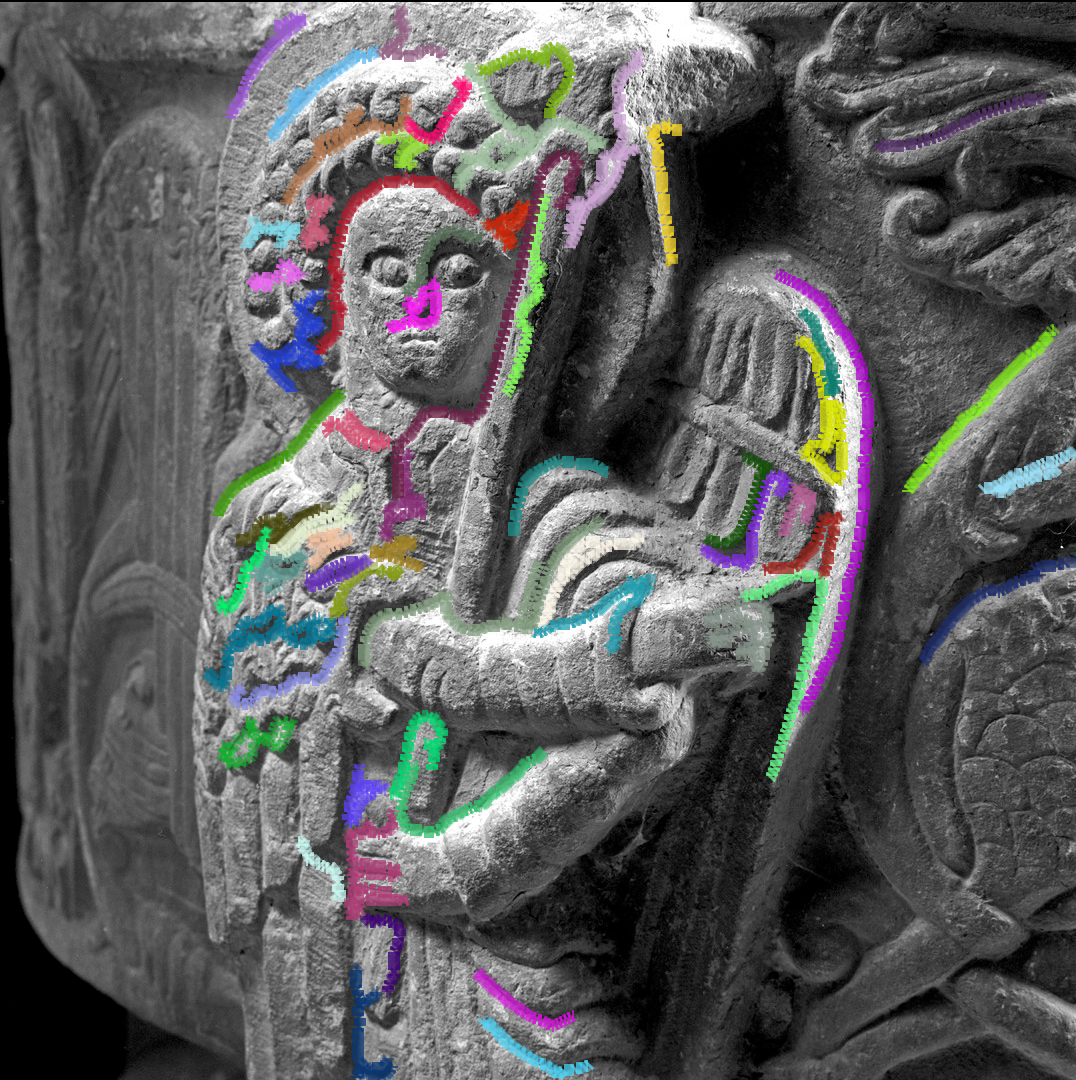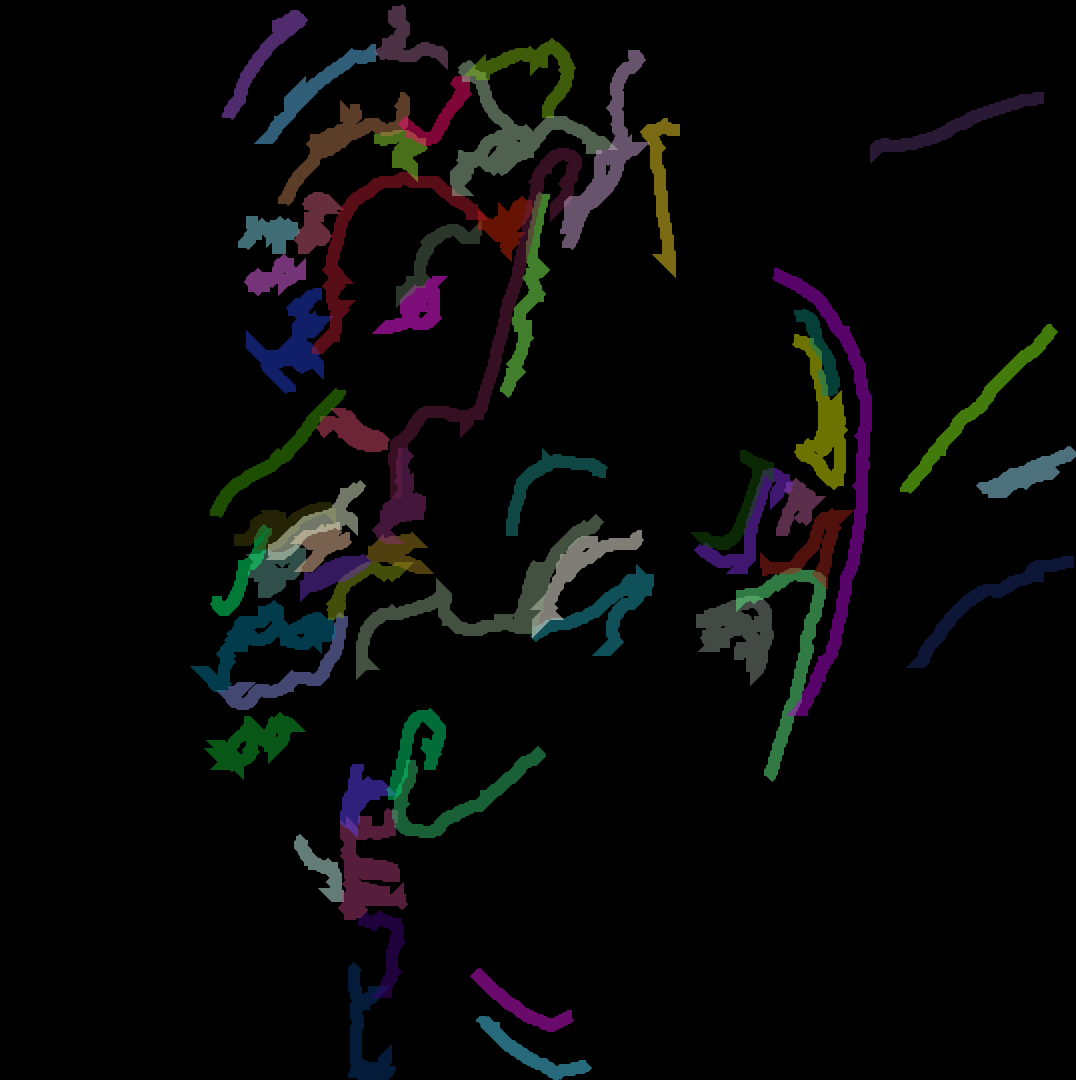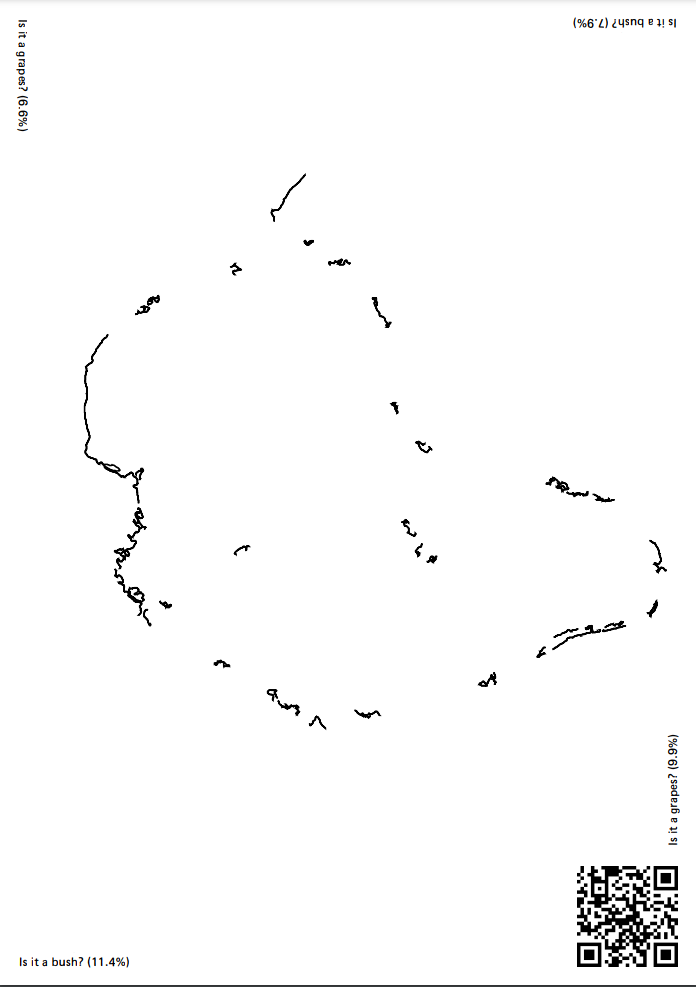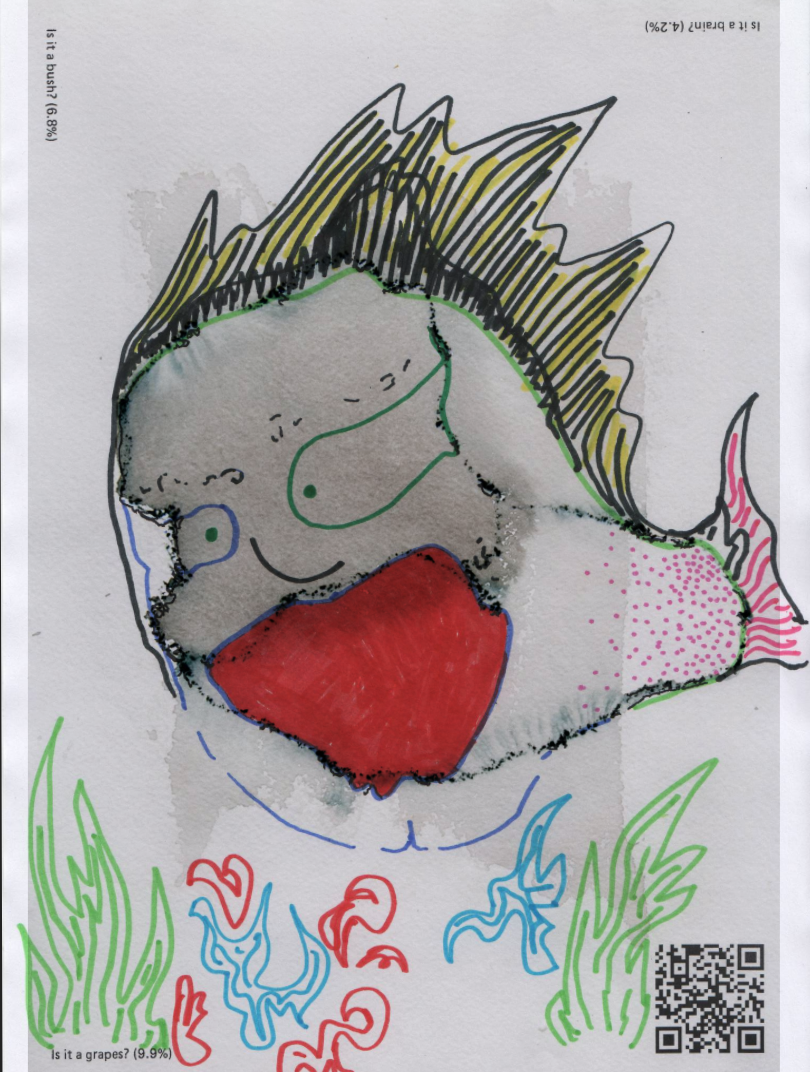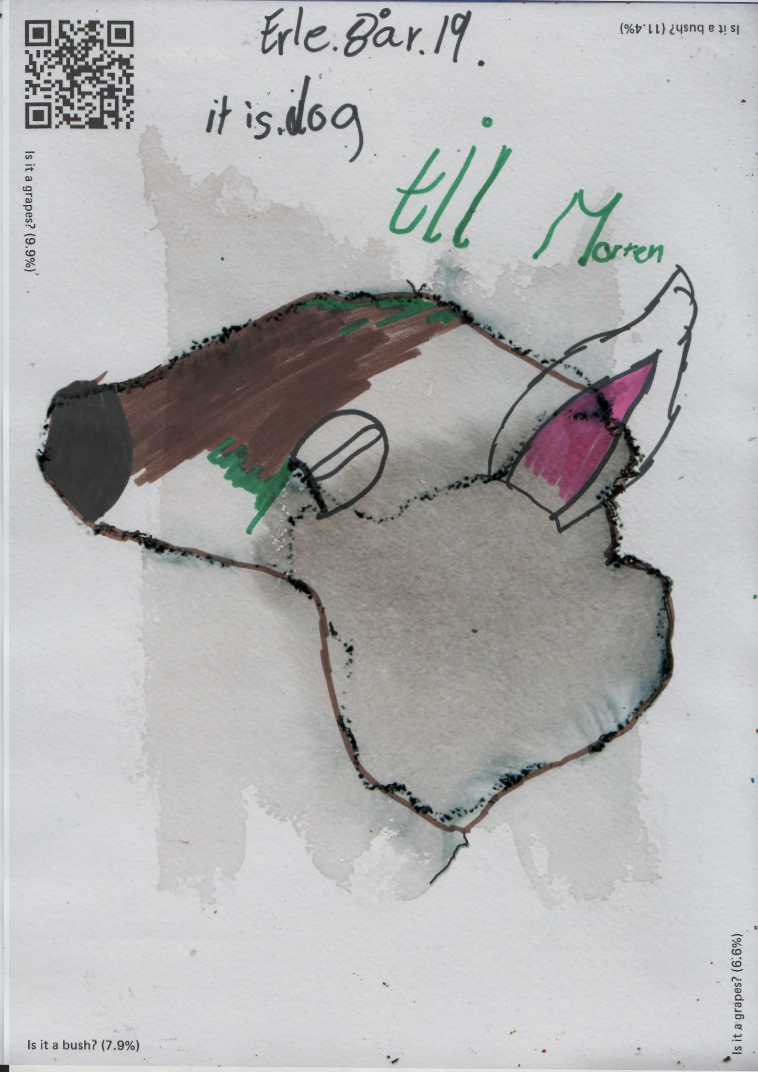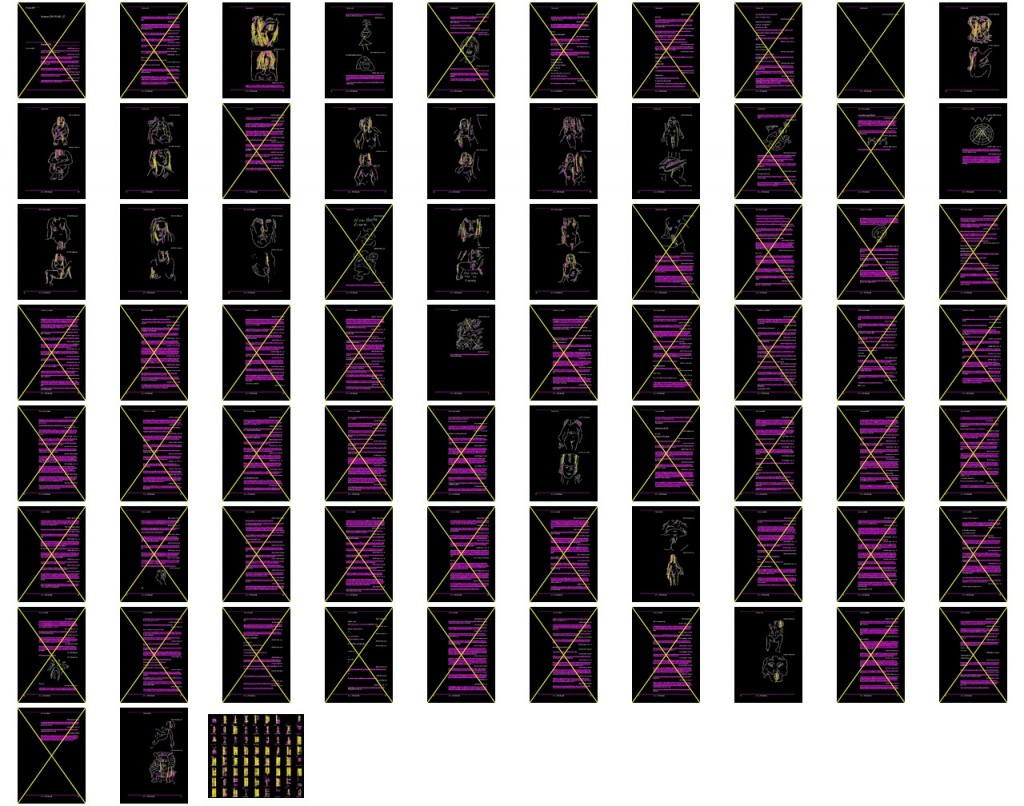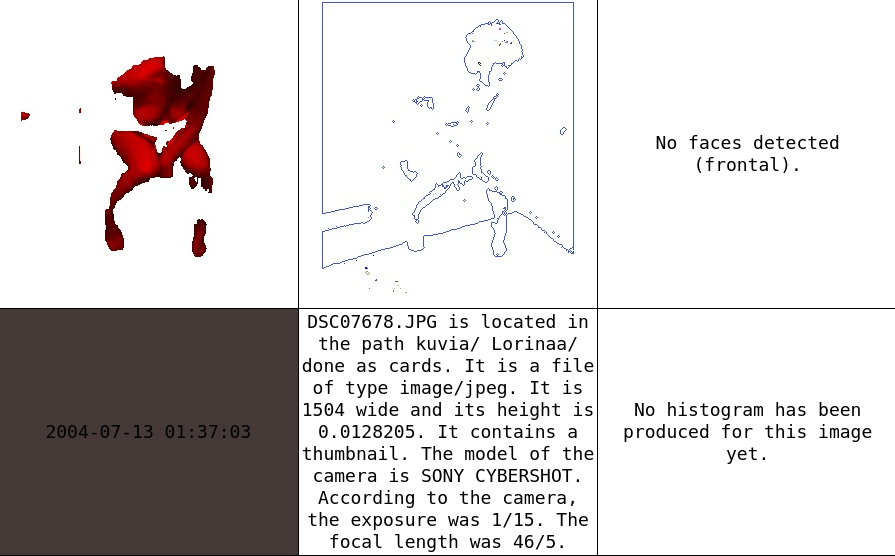The Recognition Machine(2018—)
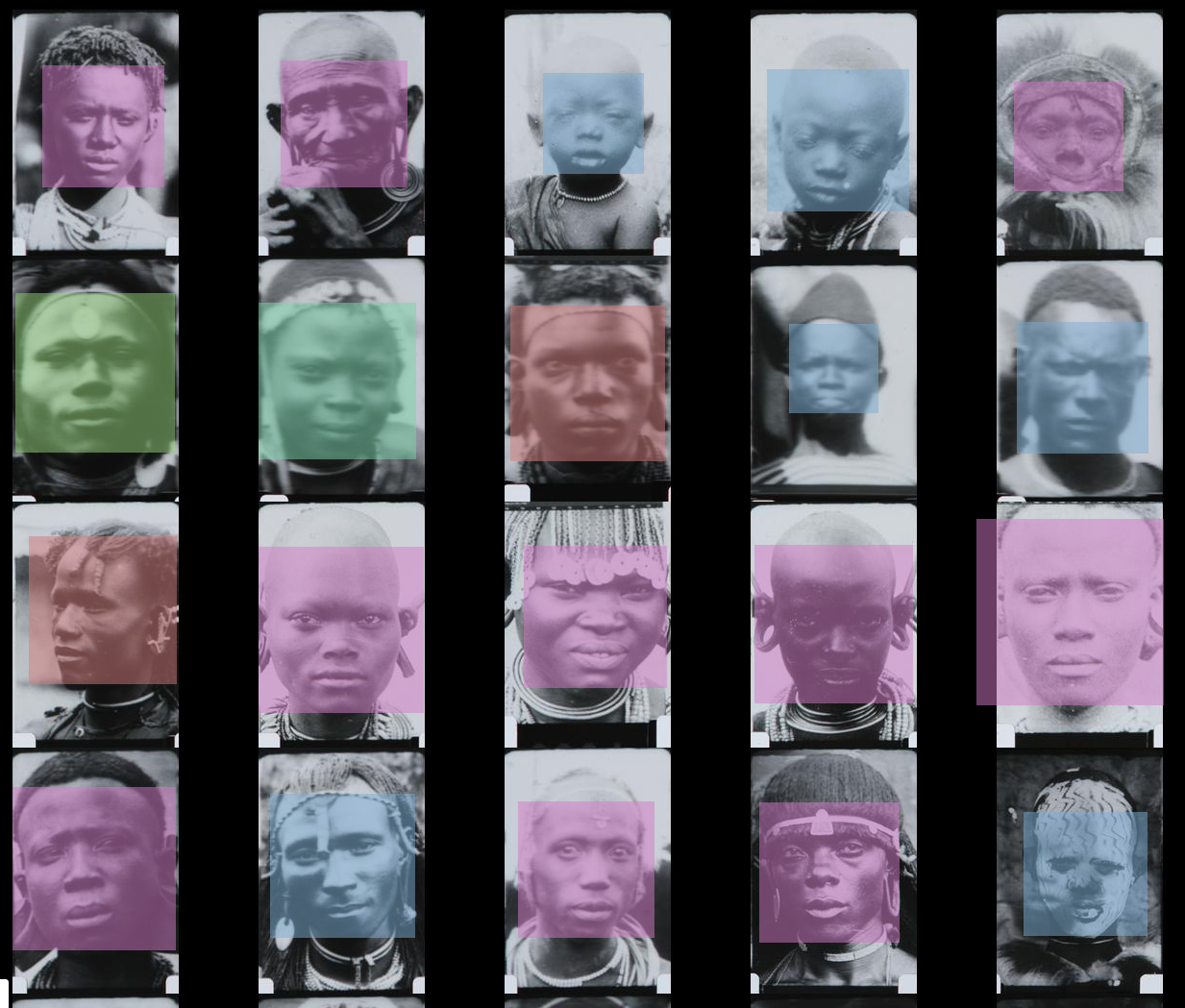
A collaboration with photographer Antje Van Wichelen, sound artist Rokia Bamba, and the Troubled Archives collective. The Recognition Machine takes the form of a photobooth that matches visitors faces with those in the re-photographed portraits based on archival photographs from colonial archives.
The project draws a parallel between colonial and contemporary surveillance technology and the relation to race. In a colonial context, photography was used in combination with pseudo-science to establish false truths about race that fit a racist agenda. Today, artifical intelligence techniques are used in similarly questionable ways that contemporary critics like Ruha Bejamin have described as a “New Jim Code” and Safiya Umoja Noble have termed “technological redlining”.
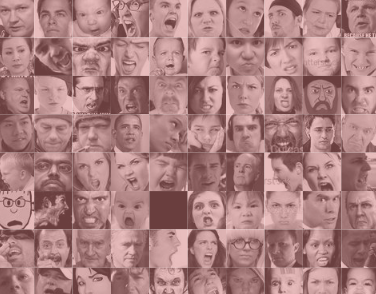
A “ready made” model is used that has been trained on a data set of images pulled from the Internet labelled with emotions. Emotions make the subjective aspect of these labels apparent: who determines what appears to be a “happy” or “sad” face? In the data set several images of Barak Obama have been labelled “angry”; these judgements reflect the biases and prejudices of not only those who placed the images online, but the manner in which these images and labels were (semi) automatically gathered using web search engines and automation using code. Rather than reinforce the claims of these data models, the project wants to trigger discussions about how and why these algorithms work they way they do, and call their use into question.
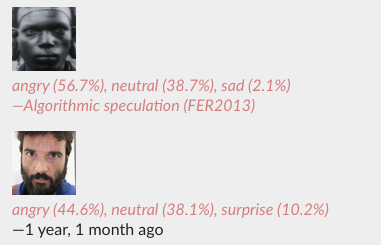
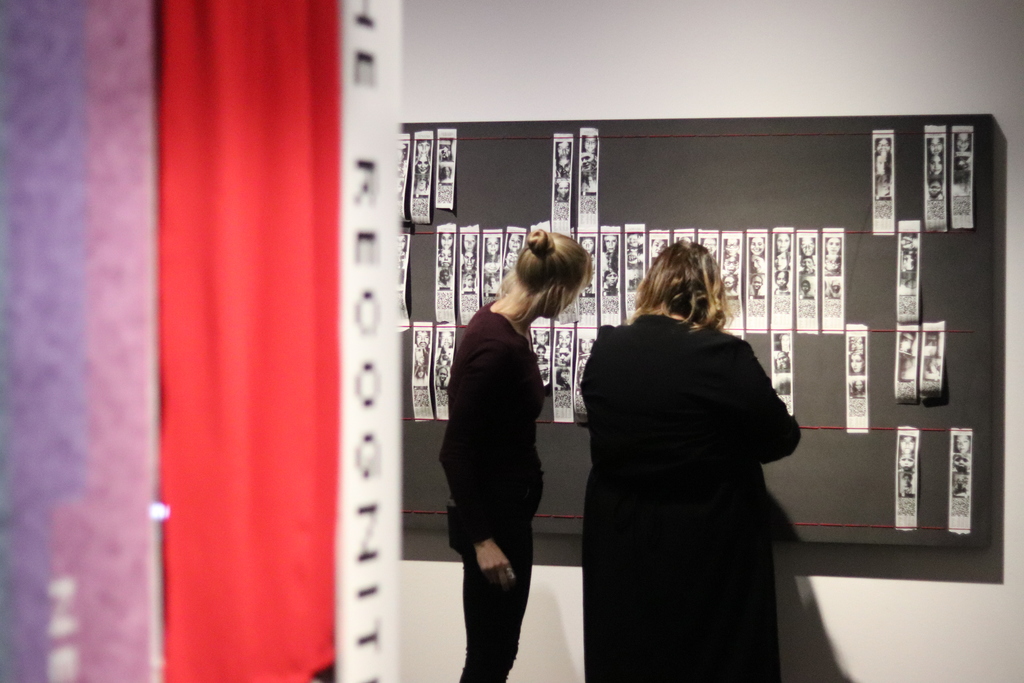
The photostrip produced by the photobooth shows three pictures, the visitor, the match from the archive, and an image from the data set used to train the algorithmic emotion classifier. Rather than simply giving an “absolute” response (the predominant matching emotional label), the model is used in a relational way. Given an image, the algorithm outputs a set of 7 “weighted probabilities” for each of the 7 possible emotional labels (for instance 33% happy, 27% sad, 8% disgusted, etc.). The archive is then searched to find the image which produced the most similar response. In this way the project creates an analogic relationship, you are (the visitor is) paired with an image that the model (mis)recognizes in a similar way. Combined with the subjectivity of the emotional labels, the idea is to attempt to construct a kind of empathetic link and solidarity between the visitor and the people whose faces are appear in the archive.
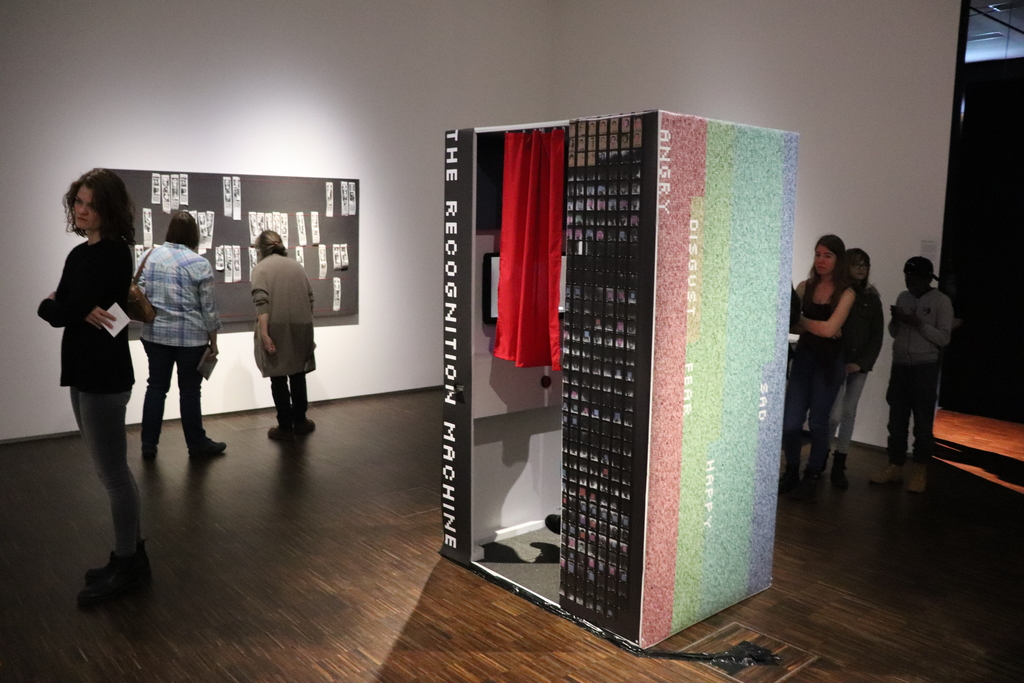
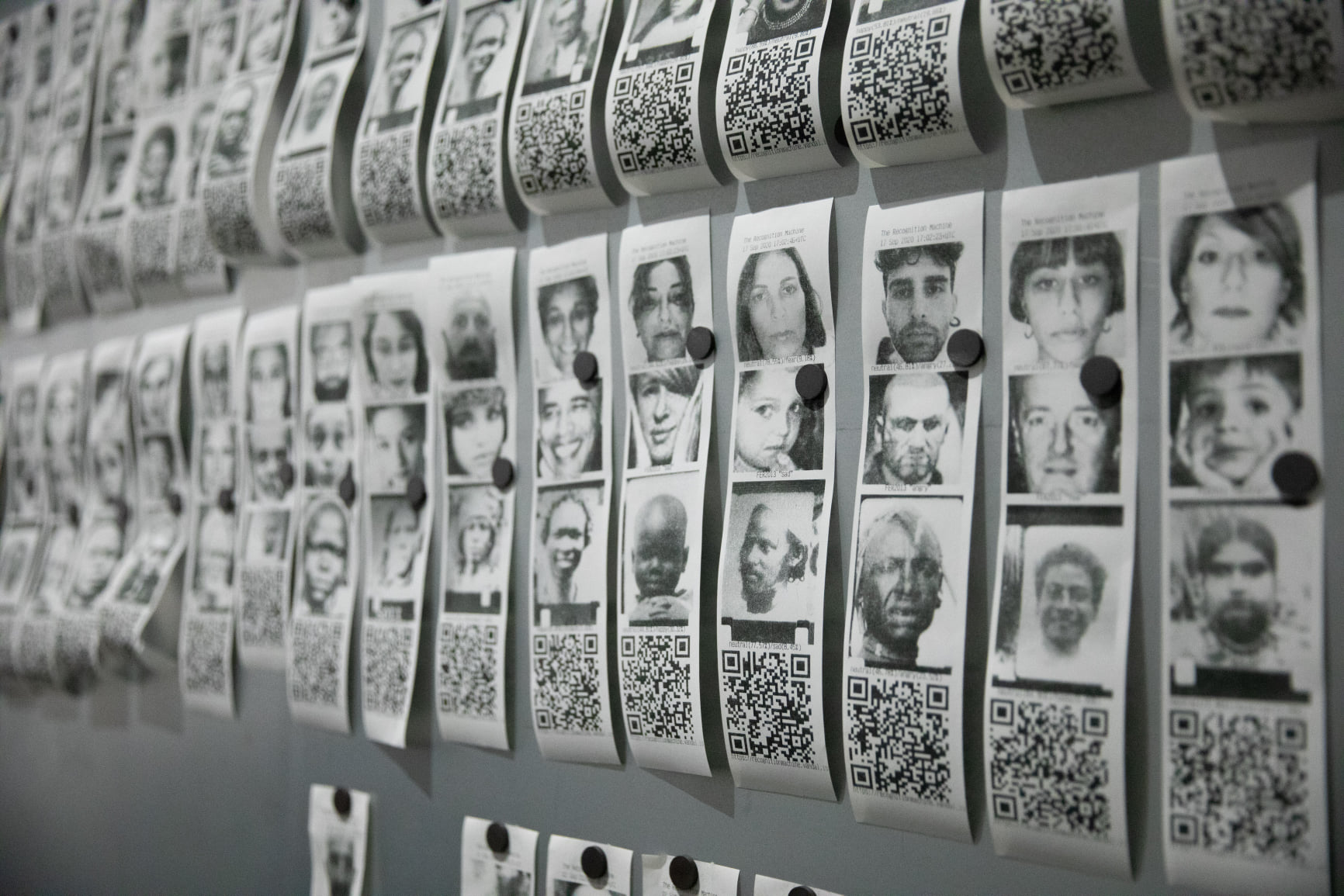
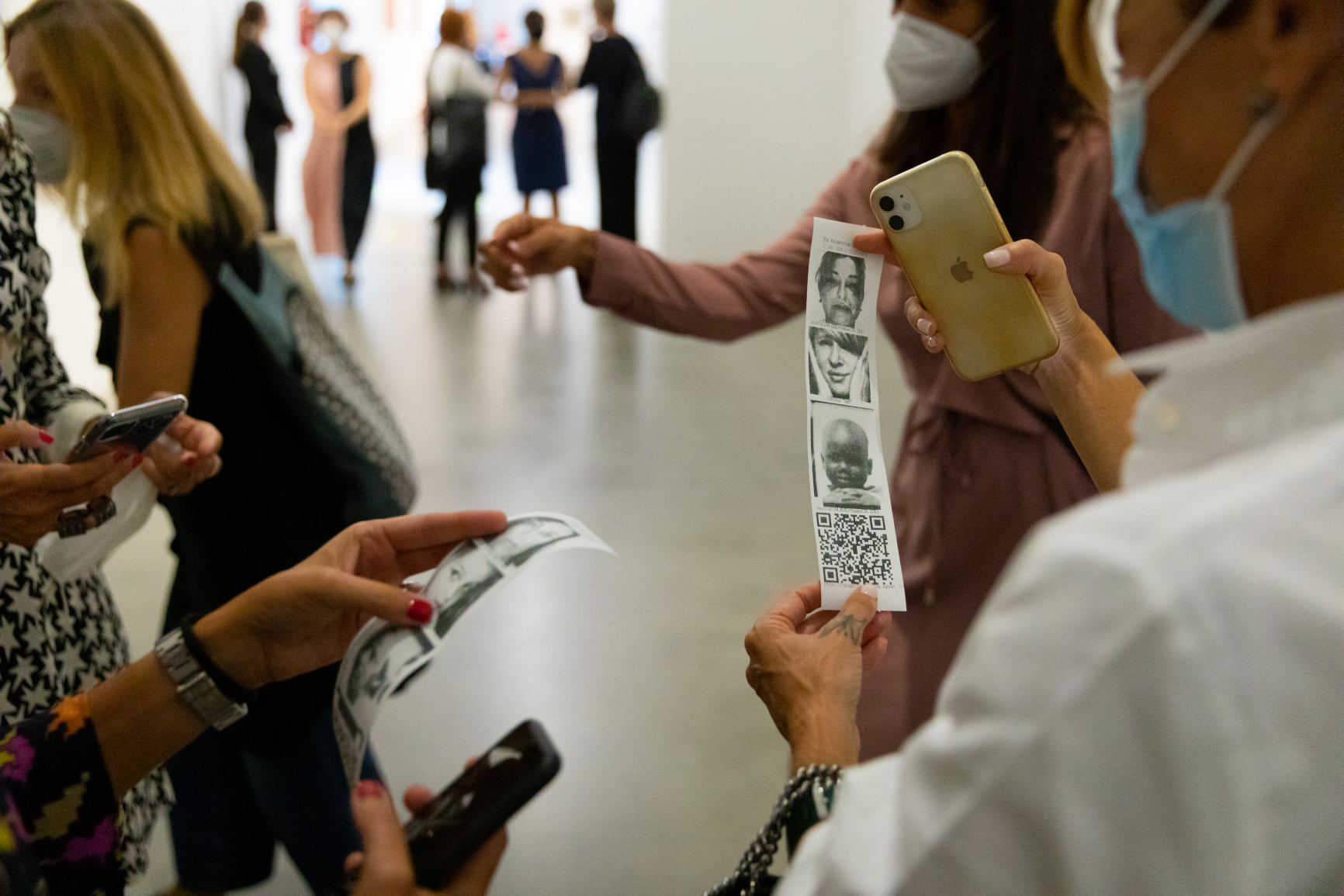

The project has been exhibited in Brussels, Cologne and Turin.
